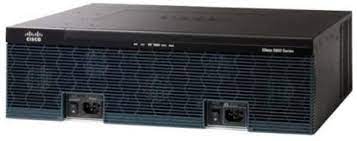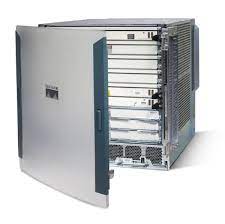VxLAN stands for Virtual Extensible LAN. We used VLAN to extened the address space. But with VLAN, we have a hard limit of 4000 usable VLANs. This is an issue with service providers. They may have to maintain several VLANs per customer, which exhausts the address space quickly. To work around this VLAN ID’s can be reused on different switches, or technologies like Q-in-Q can be used.
VxLAN does not have this limitation. It uses a 24-bit header, which gives us about 16 million VNI’s to use. A VNI is the identifier for the LAN segment, similar to a VLAN ID. With an address space this large, an ID can be assigned to a customer, and it can remain unique across the entire network.
VxLAN separates the VNI from the physical network. This means no trunking across the infrastructure is needed. This is done by making each VNI a virtual overlay network. The core network, or underlay, runs at layer-3. VNI’s are layer-2 and run across the layer-3 network. To make this possible, VxLAN switches encapsulate layer-2 frames in layer-3 packets.
There are several advantages to this. As already mentioned, the core network does not have any layer-2 links. This means no trunking and no spanning-tree. Also, VNI’s can be stretched from one end of the network to another. This greatly simplifies mobility and allows hosts to have layer-2 adjacency.
Continue reading “What is VxLAN”



